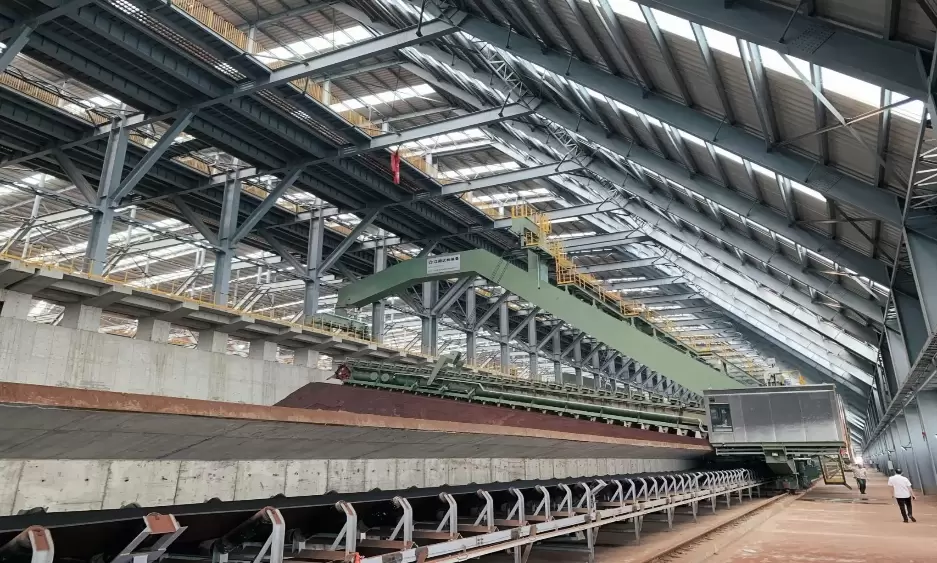Exploring the Slowest yet Most Economical Mode of Transportation
In today's fast-paced world, where time is of the essence, transportation plays a vital role in our daily lives. While speed and efficiency are often prioritized, there is a unique form of transportation that stands out for its affordability despite its sluggish pace. In this blog post, we will delve into the world of the slowest but cheapest mode of transportation, exploring its advantages, limitations, and potential applications.
- The Charm of Slow Travel:
Slow travel, as the name suggests, emphasizes the journey rather than the destination. It encourages travelers to embrace a leisurely pace, allowing them to immerse themselves in the local culture, appreciate scenic landscapes, and foster meaningful connections with fellow travelers. This mode of transportation offers a refreshing alternative to the hustle and bustle of modern life. - Unveiling the Bicycle:
Among various slow transportation options, the bicycle emerges as a frontrunner. With its humble origins dating back to the early 19th century, the bicycle has evolved into an eco-friendly and cost-effective means of transportation. Its simplicity, versatility, and health benefits make it an attractive choice for short-distance commuting, urban exploration, and even long-distance touring. - Pedestrian Power:
Walking, the most basic and natural form of transportation, deserves recognition for its affordability and accessibility. While it may not be suitable for long journeys, walking offers numerous benefits, including improved physical fitness, reduced carbon footprint, and the opportunity to discover hidden gems in cities or rural areas. Incorporating walking into daily routines can lead to a healthier and more sustainable lifestyle. - Navigating Waterways:
Water transportation, particularly ferries and boats, presents another slow yet economical option. In regions with abundant water resources, such as rivers, lakes, or coastal areas, utilizing waterways can be a cost-effective means of transportation. Additionally, water travel offers a unique perspective, allowing travelers to witness breathtaking views and enjoy a sense of tranquility. - Exploring Public Transport:
While public transportation systems vary in speed, buses and trams often provide a slower but more affordable alternative to rapid transit options. These modes of transportation are widely available in urban areas, offering convenience, reduced congestion, and cost savings. Furthermore, public transport encourages social interaction and fosters a sense of community.
Conclusion:
In a world that values speed and efficiency, it is essential to recognize the merits of slow transportation. The bicycle, walking, water transportation, and certain forms of public transport all offer affordable alternatives that promote sustainability, health, and a deeper connection with our surroundings. By embracing the slowest but cheapest modes of transportation, we can rediscover the joy of the journey and contribute to a more balanced and eco-conscious future.




